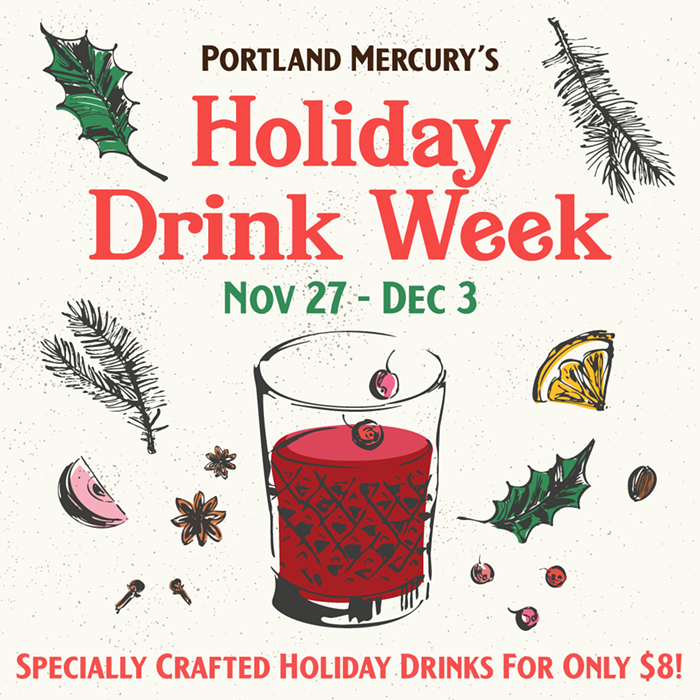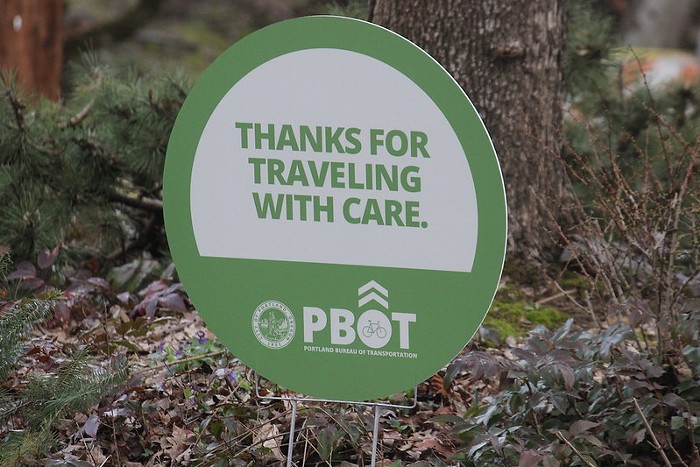Recently the Internets went Kah-Razy after learning the New York municipal water supply was home to these little darlings:

That's an "invisible" crustacean called a copepod. It's similar to a shrimp. Most chagrined by the news? New York's kosher community for whom shellfish is forbidden.
But guess which city has over a million thumbs and has also been imbibing beasties from its municipal water system? This one!
"We might refer to them as 'organisms' instead of 'beasties'" says Sarah Bott, Community Outreach Representative for the Portland Water Bureau. Whatever you call them, Bott points out, "water is a living thing and it's flowing through pipes and forests." So it's almost inevitable itsy-bitsy organisms will find their way into the city's unfiltered municipal water supply.
But these microscopic organisms should not be confused with pathogens like e. coli, which caused a stir late last year when it was detected in a NW Portland reservoir.
"We're looking for that all the time," says Bott. "We do rigorous drinking water testing."
Also, Bott concludes, despite a little extra life in the H2O "I can tell you that it's safe to drink and you're not in any danger - just like our friends in NYC."
The Mercury has an e-mail out to the Water Bureau to get specifics on the critters we're happily drinking each day. We'll keep you updated with the information.
UPDATE! 3:17 PM
This just in from Ann Richter of the Water Bureau's Water Quality group [emphasis mine]:
I checked our database, and as I thought, we only sample for zooplankton (copepods are part of this group) in Bull Run raw water. Values range from zero to over 100,000 zooplankton per cubic meter of water, but we are most often below 5,000/cubic meter, depending on the season. Zooplankton are an extremely important part of the food chain: they eat algae, thus keeping algae levels under control. Larger organisms, such as fish, feed on zooplankton. If you pull a grab sample from one of the Bull Run reservoirs, you might see a few copepods swimming about if you look carefully (they are usually red)......They occur in all natural surface waters and are an important part of a healthy aquatic ecosystem. There's no regulations or health effects. I don't see them as an "ick factor" at all. I'd be more worried if we didn't have them in Bull Run.
Thanks, PWB! I will drink easier tonight.


















